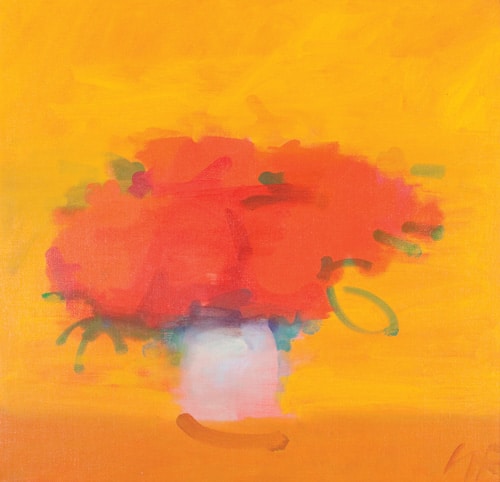Thomas Walkley is an enigmatic type who appears to have wandered across Australia earning his keep through his artwork. His presence is mainly recorded through his images of Adelaide, Melbourne and Perth.
Arriving in Western Australia around 1890 as with many others he found his way to the goldfields in pursuit of his fortune but he took work as the scenic artist at the Trivoli Theatre in Kalgoorlie. His work was highly acclaimed in newspaper reviews though none of those pieces are known to remain.
In 1897 The Kalgoorlie Miner announced Mr Thomas Walkley, the scenic artist, has just finished a beautiful scene, representing the Lake of Killarney, and is now busily engaged on another work to represent a view of the famous Gippsland country, showing its picturesque mountains, etc. and again
… there will be shown for the first time, a new scene by the Tivoli artist Mr Thomas Walkley on which he has been engaged for some time. it is a valuable addition to the stock already laid in by the management and depicts an evening view of the Gippsland Mountains with the Baw Baw Ranges in the distance. The dimensions of the work were 25 feet wide by 14 feet in depth.
Walkley led a colourful life on the goldfields and appeared in the courts on a few occasions as both victim and offender. On one occasion he was robbed of £2 while asleep in a laneway behind the York Hotel, on another he was placed on the prohibited list from entering licensed premises for 6 months, and again in Leonora he had the choice of a £1 fine or seven days in the lockup for disorderly conduct. His punishment was not disclosed in the newspaper report of the time.

This a panting of the jetty near the Mount Eliza quarry is a faithful record of the time and is one of the few images of the part of the workings of the quarry on record. The jetty is stacked with broken stone that is awaiting transport for use in road repairs in the city. An unattended barge used to transport the stone is empty and waiting its next load. Horses finish their toil and are led away by their handler and rather than two abreast they are single file due to the width of the jetty.
Walkley chose to record the scene at the end of the day as work winds down and night approaches. It is a tranquil scene and has been romanticised with the sun shrinking in the western sky and a lad waiting for his father to finish work and begin their trek home.
The Mount Eliza quarry ceased production by 1892 though the exact date is not recorded in a letter to the editor of the Western Mail in the same year an anonymous resident of 26 years referred to the Mount Eliza quarry closure in the following manner – It is only known to a few that the good hard bed of stone was discontinued being quarried under Mount Eliza because of the large quantities of useless debris on top of the stone. The correspondent then went on to suggest that Mounts Bay be reclaimed using the debris from the Mount Eliza quarry and a water playground be built with canals, ponds, lakes and ornamental bridges. The public works department never acted upon the recommendation but it is confirmation that ideas for improvements to the river front have been around since early days of settlement.









